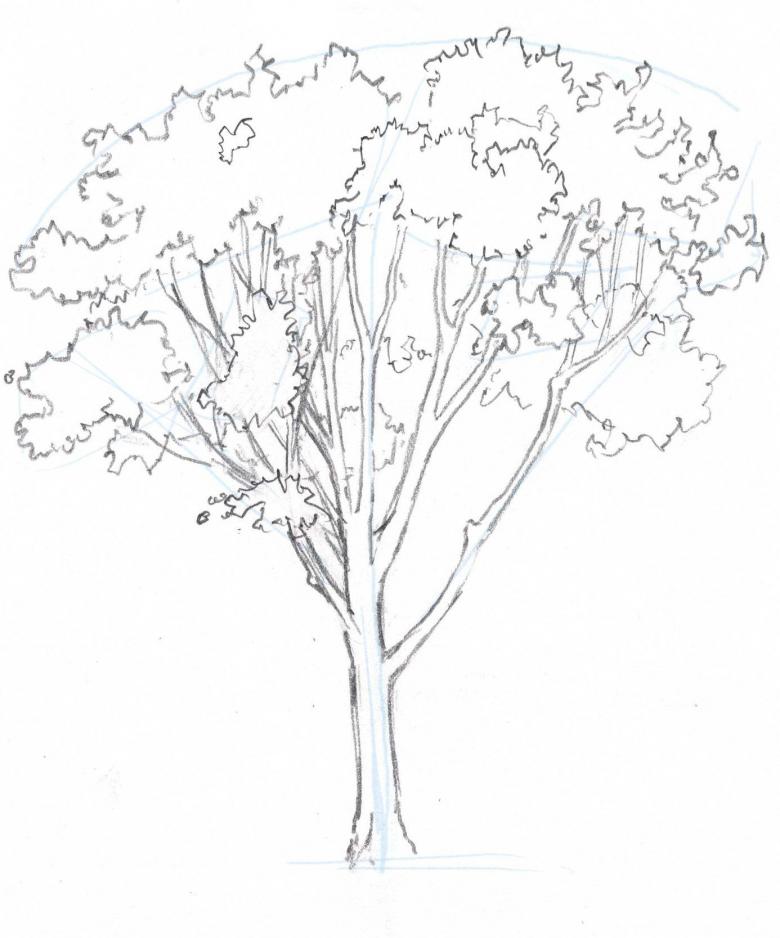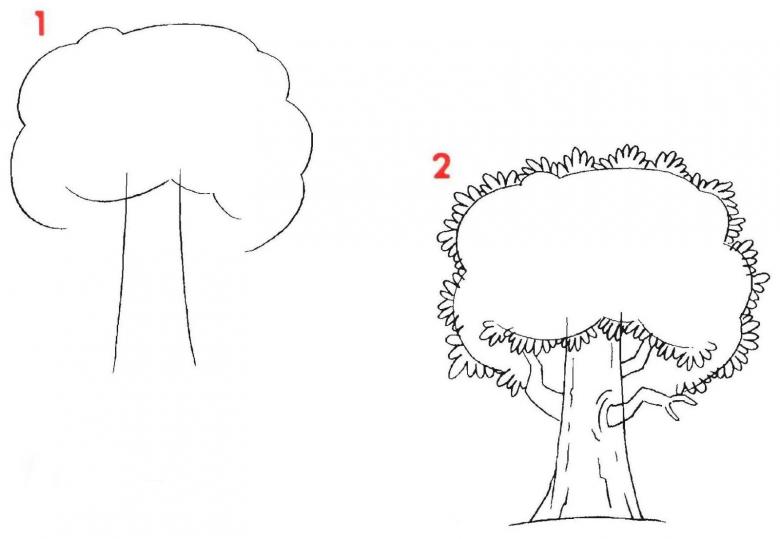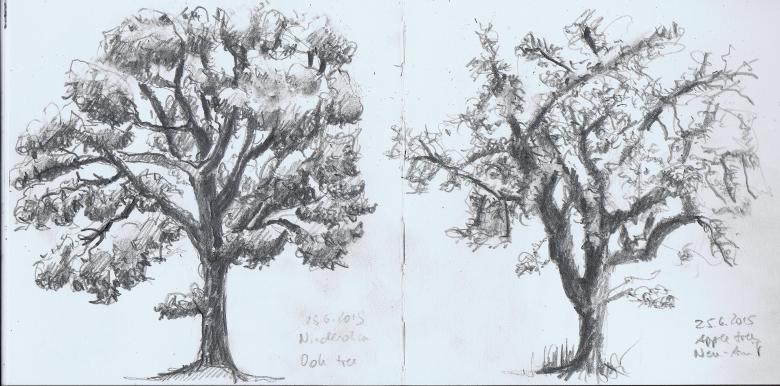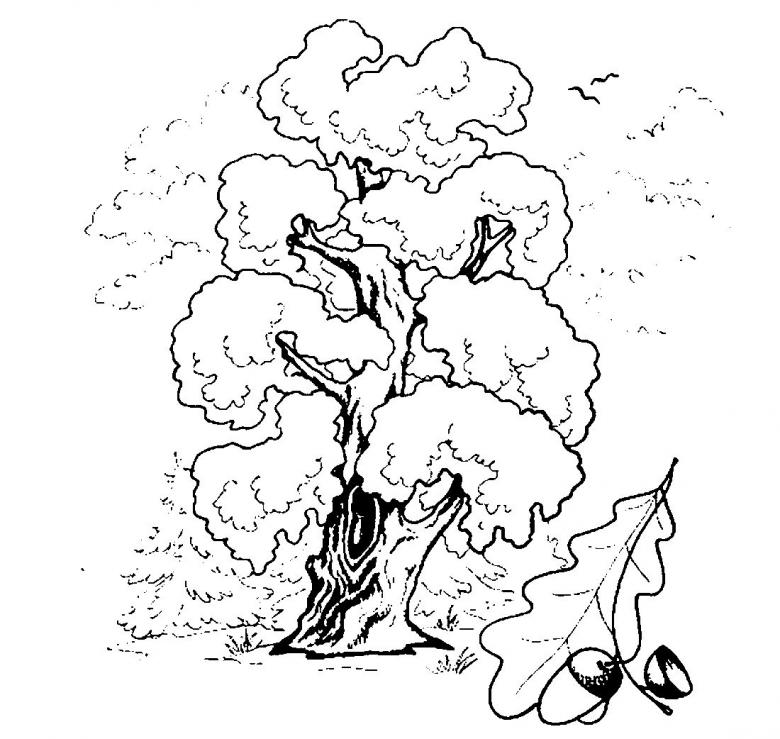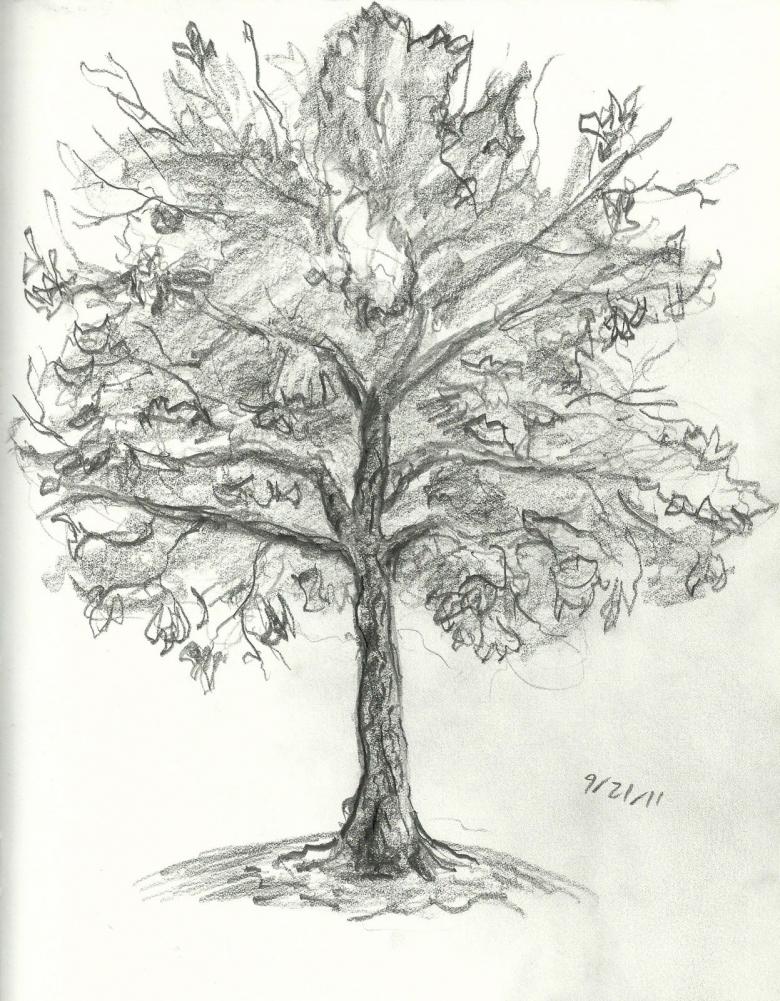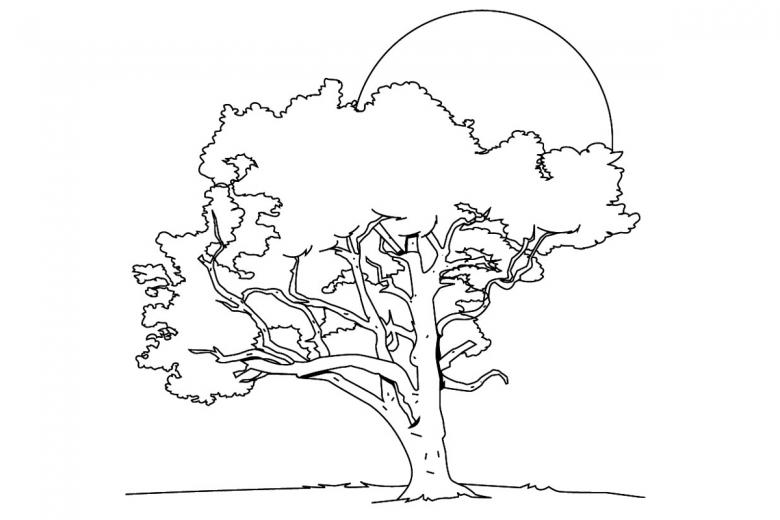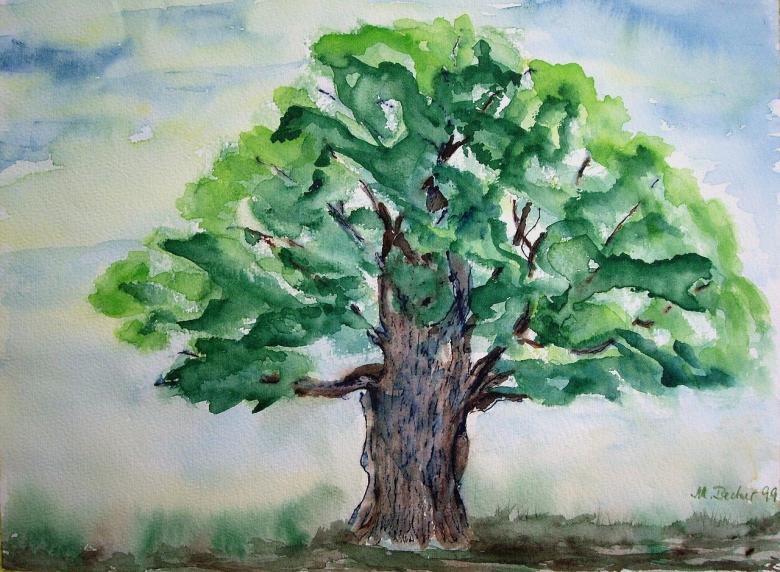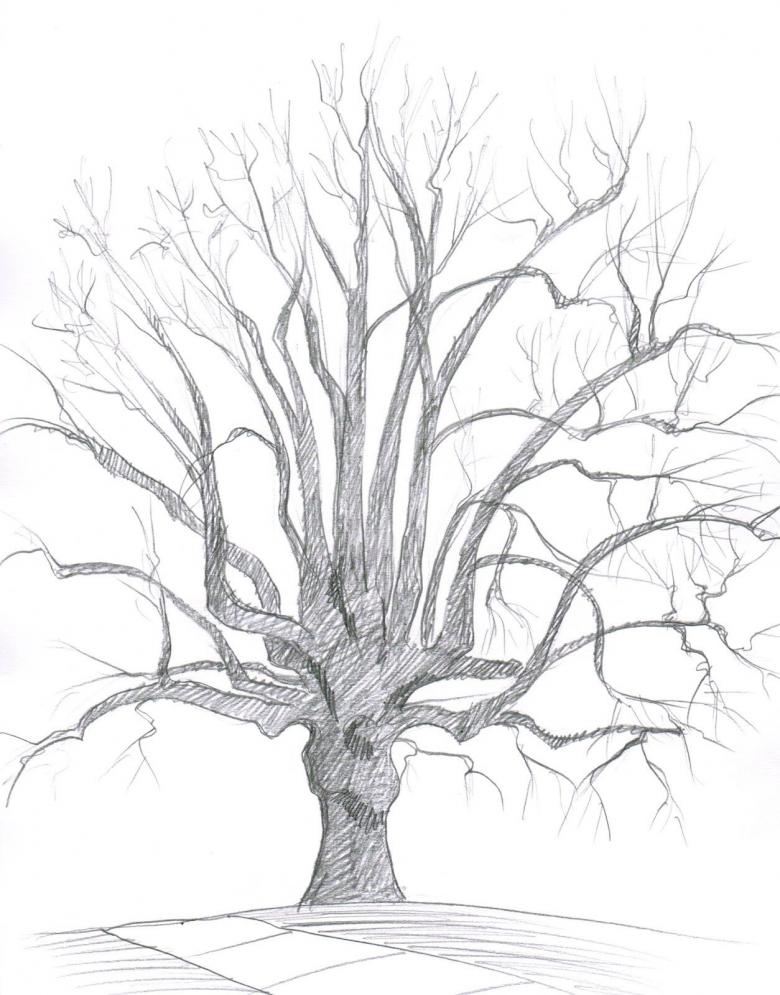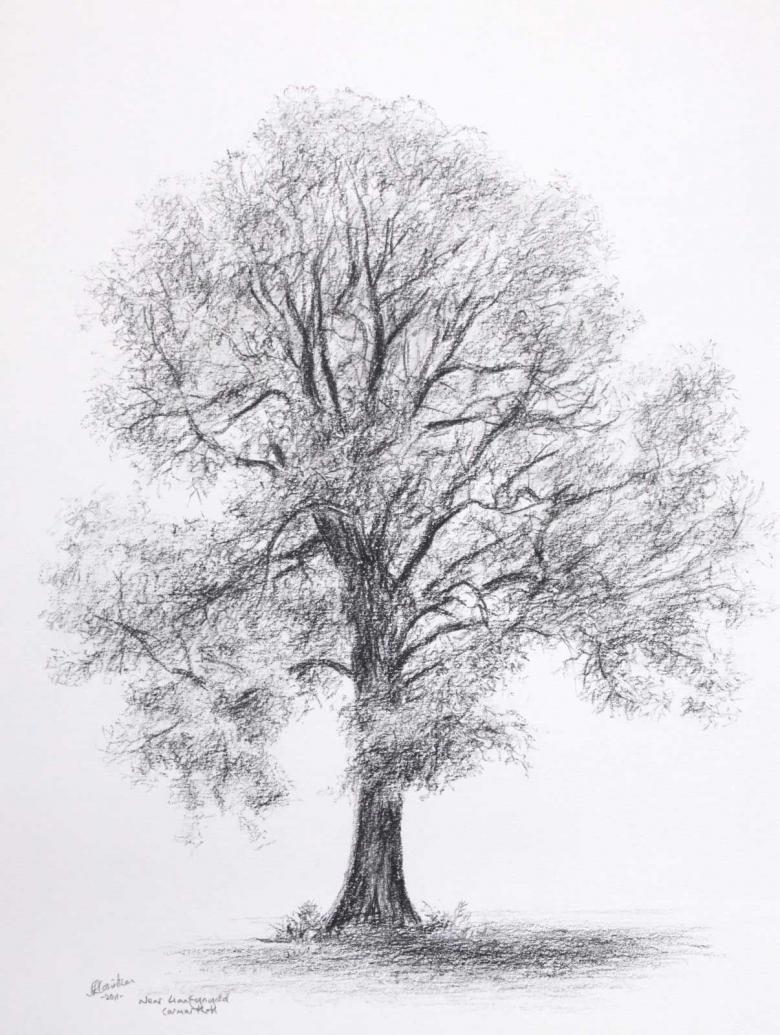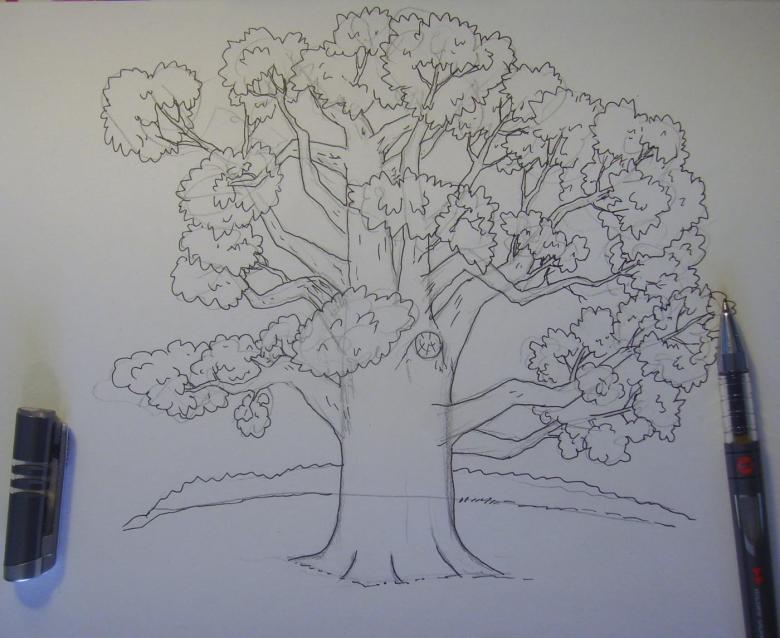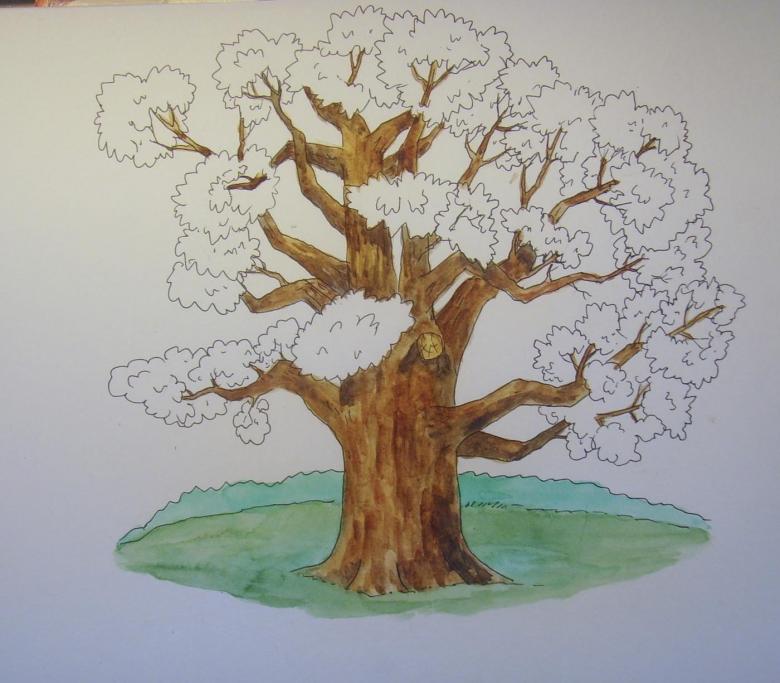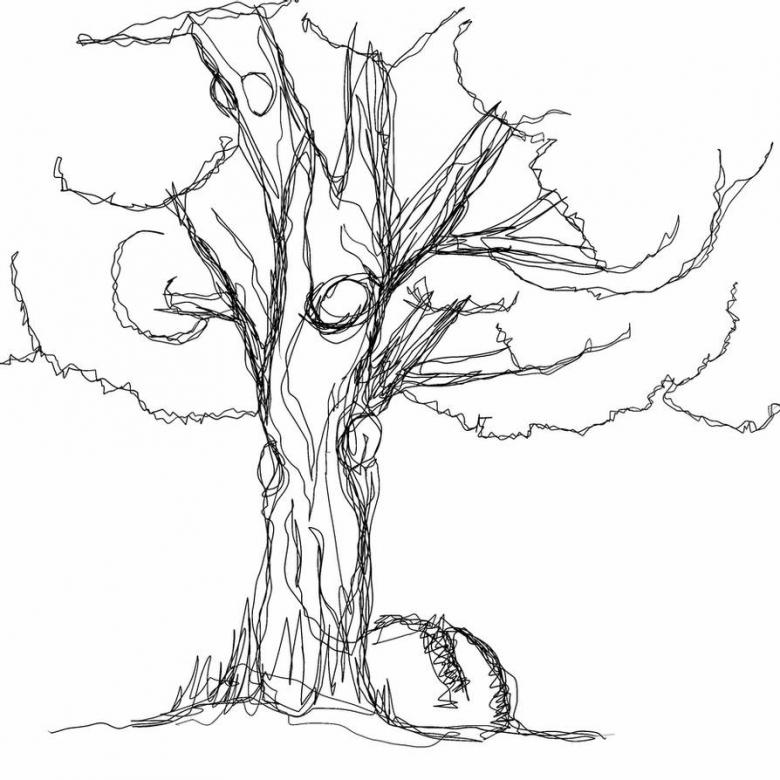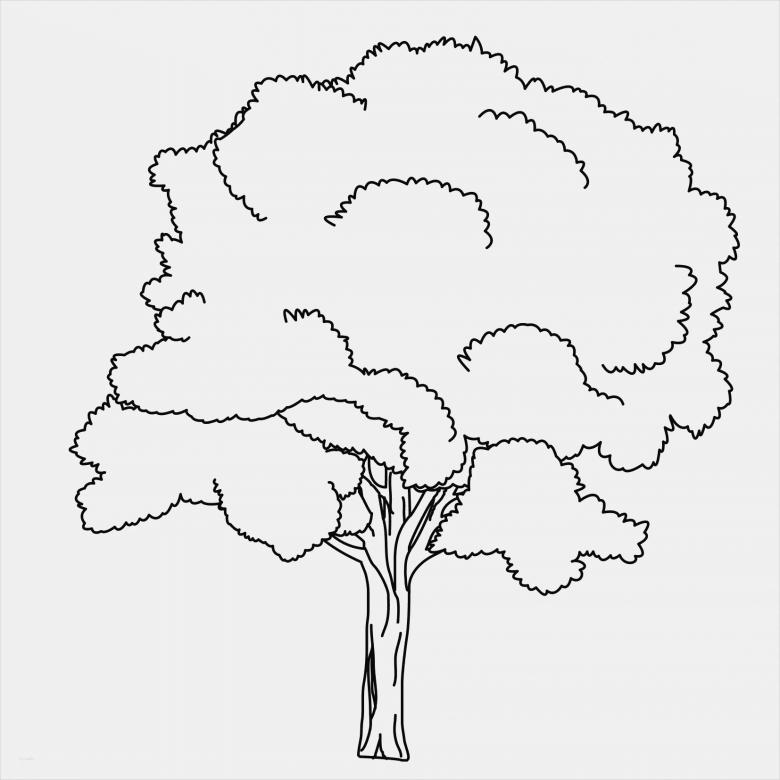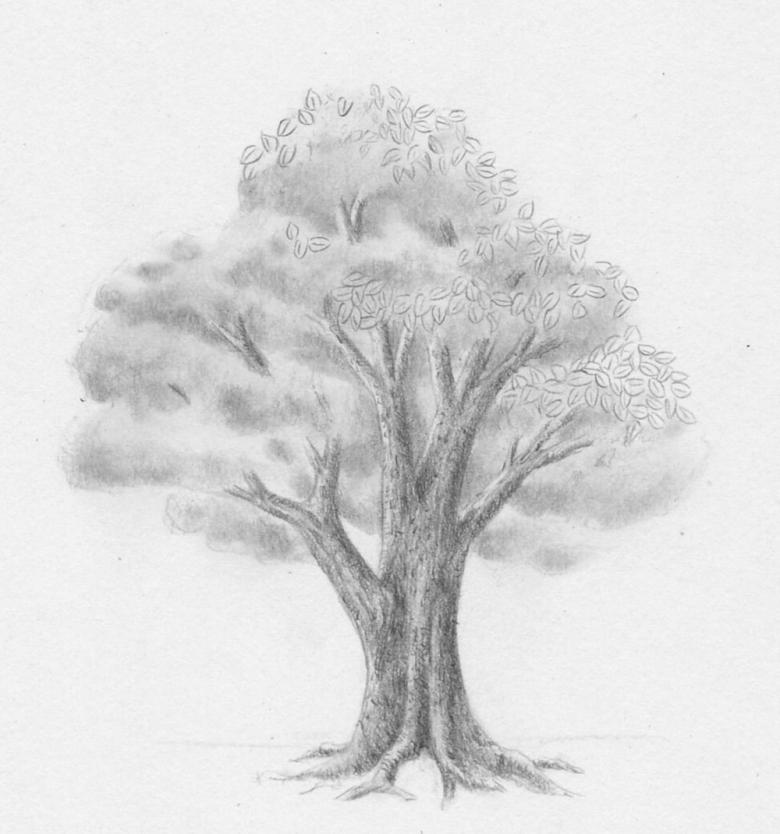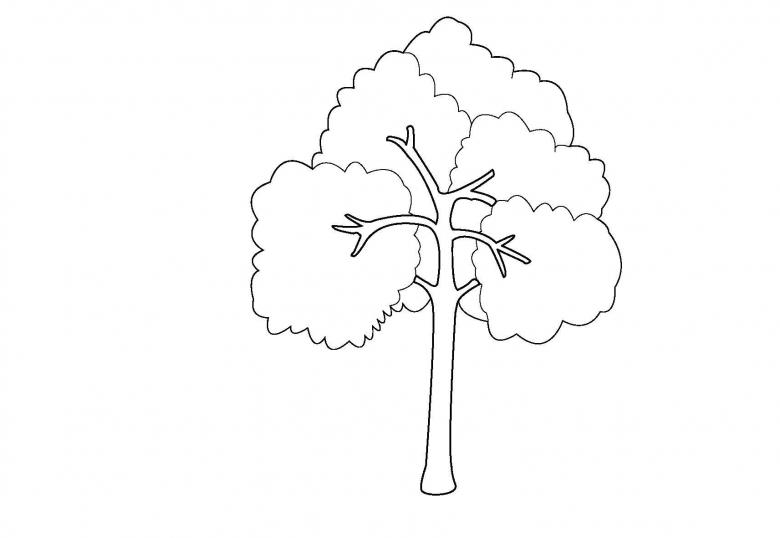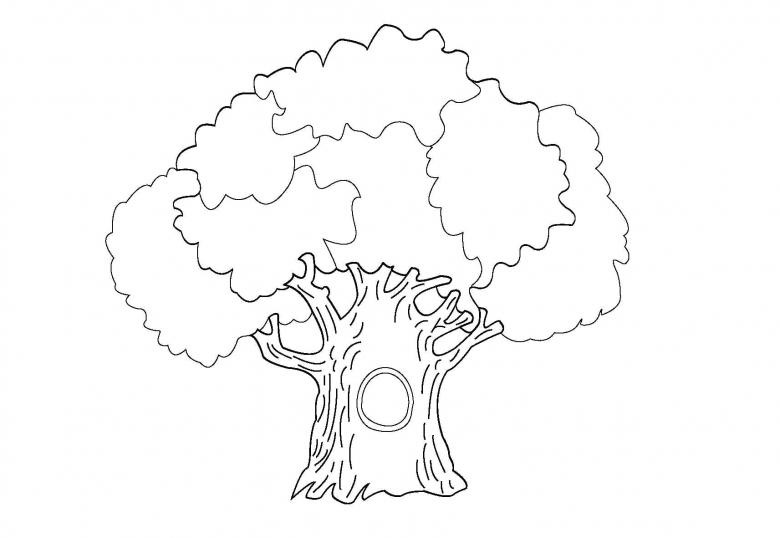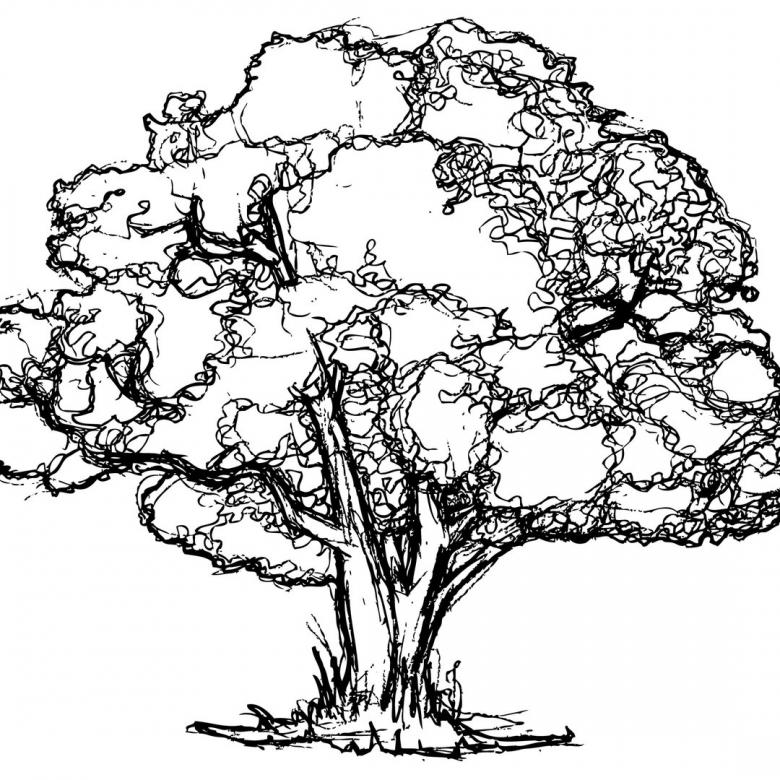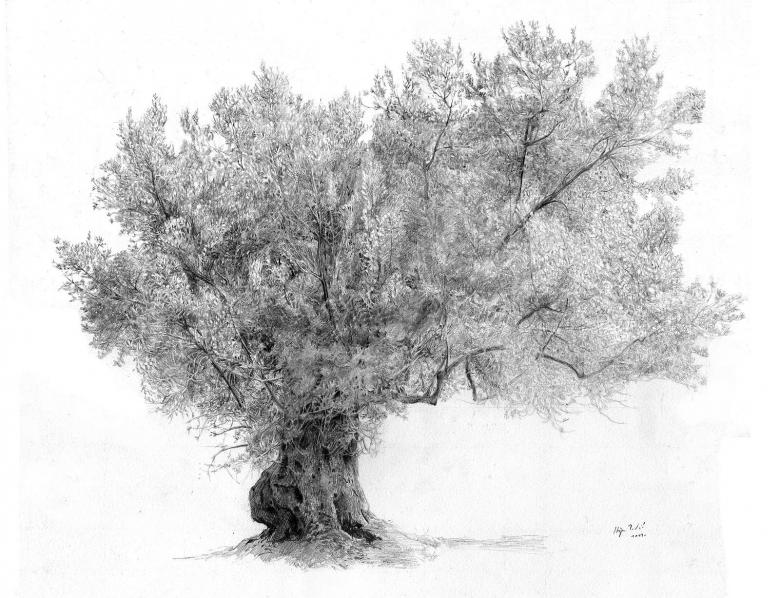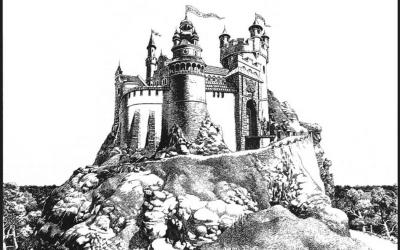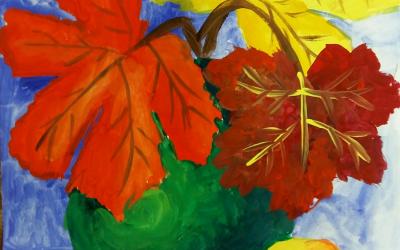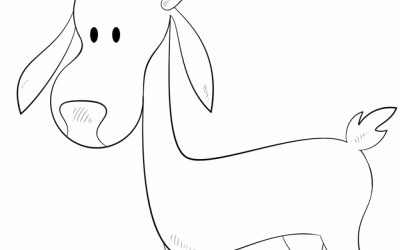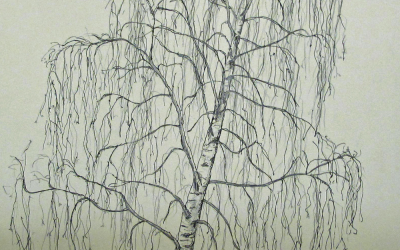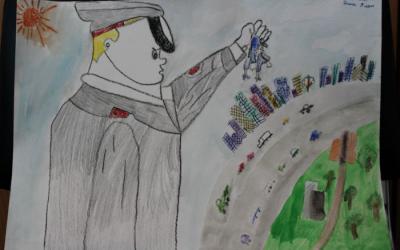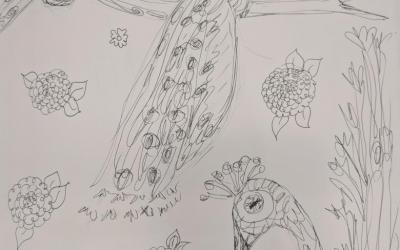How to draw an oak, pine, maple in pencil: cartoon and realistic images of trees for children and beginners
Nature is rich in its diversity of plant and animal life. But scientists have arranged this diversity by a system of classification according to different characteristics. And for an artist drawing landscapes, you need to be able to see the visual differences of one kind of tree from another.

Each species has its own form of trunk, leaf, the shape of the entire crown. Based on these distinctive features you can figure out how to draw a beautiful oak, pine, maple.

Special characteristics of different tree species
Before drawing in pencil steps easily and beautifully any tree, the artist connects his observation and studies the special features, characteristic only of this breed. It is on them immediately become clear what kind of tree is depicted in the picture.
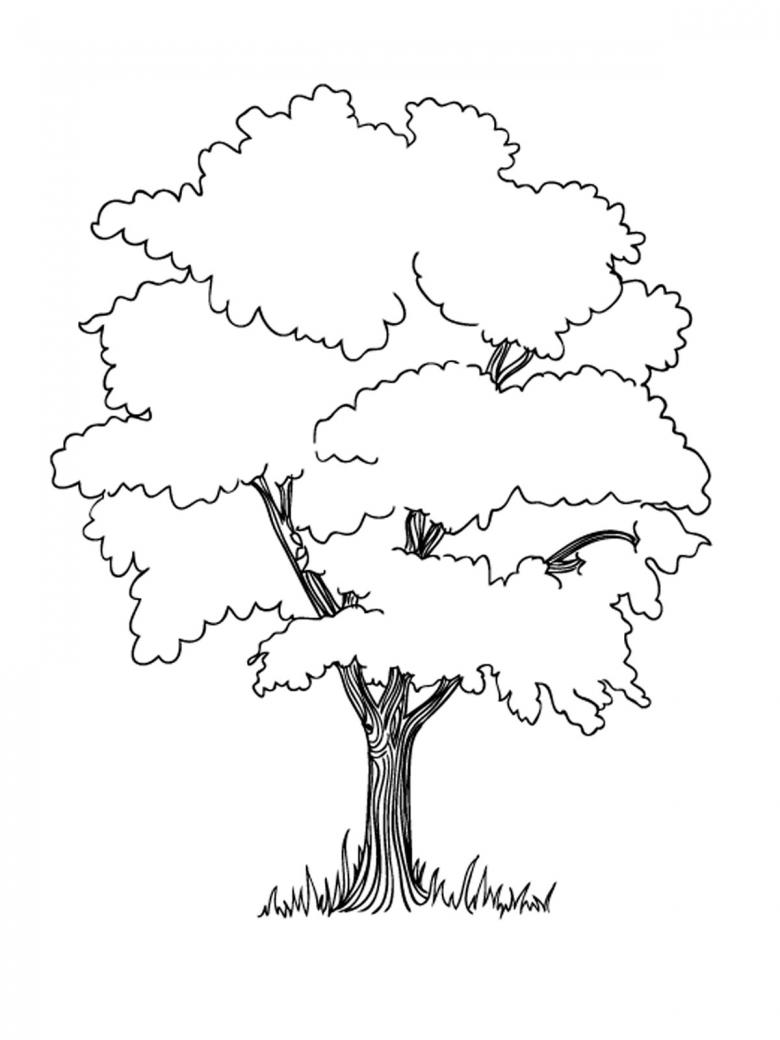
Oak characteristics:
- Oak is recognized by its powerful trunk. The older the tree, the larger its base in diameter. In climates where sultry weather prevails, the oak looks like a young tree and loses its stockiness.
- The branches and trunk are characterized by their sinuousness and prickliness.
- The leaf of the oak is wavy. In the distance, the tree looks gaunt and curly. Dressed in a cap of rich dark green color.
- The oak bark is coarse and dense.
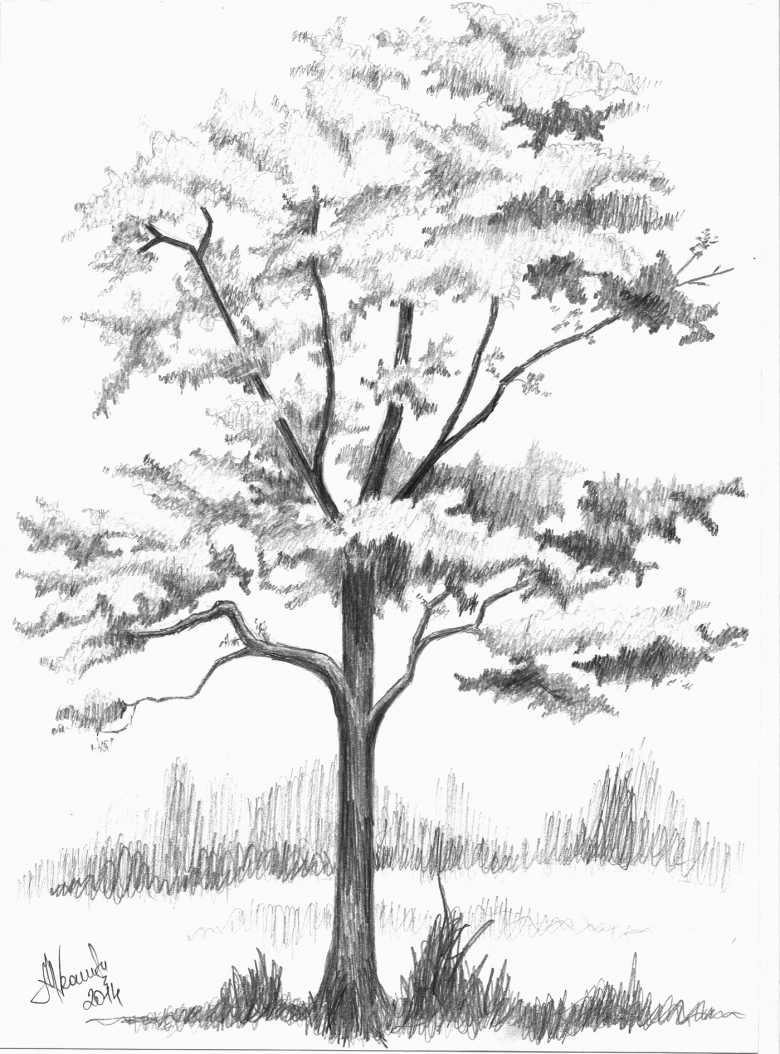
Pine features:
- Pine is distinguished by its straight trunk. But trees with a curved crown and well-developed roots can be found. Ship species are characterized by a tall, straight trunk and with a crown at the very top.
- The bark color of pine varies from red at the top to dark brown in the middle, and ends in a gray-brown base. While the bark at the bottom is dense with traces of cracks, closer to the middle it is a scaly structure that is constantly peeling.
- A young pine is characterized by a triangular crown, while an adult one has a noticeable rounded shape.
- From the trunk, the branches of the tree point to the sides. They are not directed upwards. They are not distinguished by an even form. More often twisted and snaggy.
- Branches of pine are studded with long needles, which advantage their size compared to the spruce. This gives the crown a fluffy appearance. To make it clear in the drawing, special texture strokes or appropriate strokes in painting are used. In addition, the artist has the task of depicting each branch in volume in the general mass of the crown, for each has its own line of light and shadow.
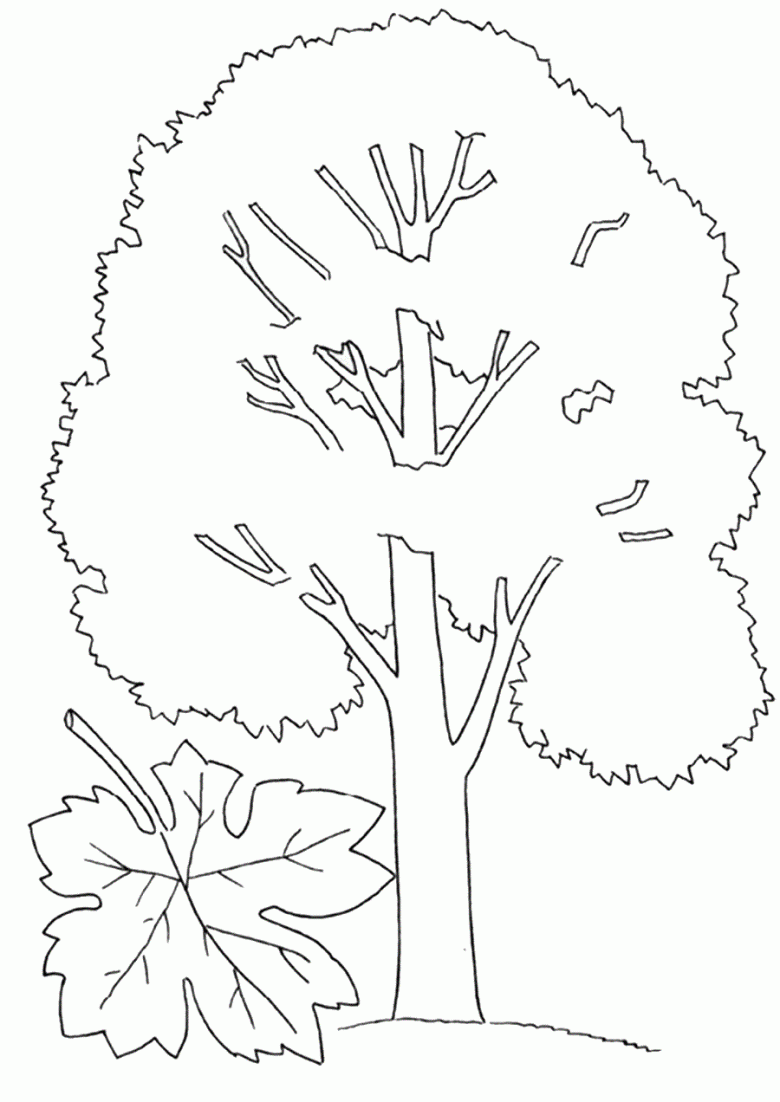
The description of the maple:
- With curves and lots of branching the trunk of a maple tree.
- The bark is not much different in color from other trees. It is painted a dark color.
- The typical shape of the top of the crown is rounded. Although irregular is also not uncommon.
- The shape of the wedge leaf is expressively different. It resembles a star and has a pointed shape. In the distance the surface of the maple crown has a "prickly" texture.
The crown is depicted by longitudinal strokes. But "prickly" will add "prickly" textured strokes.
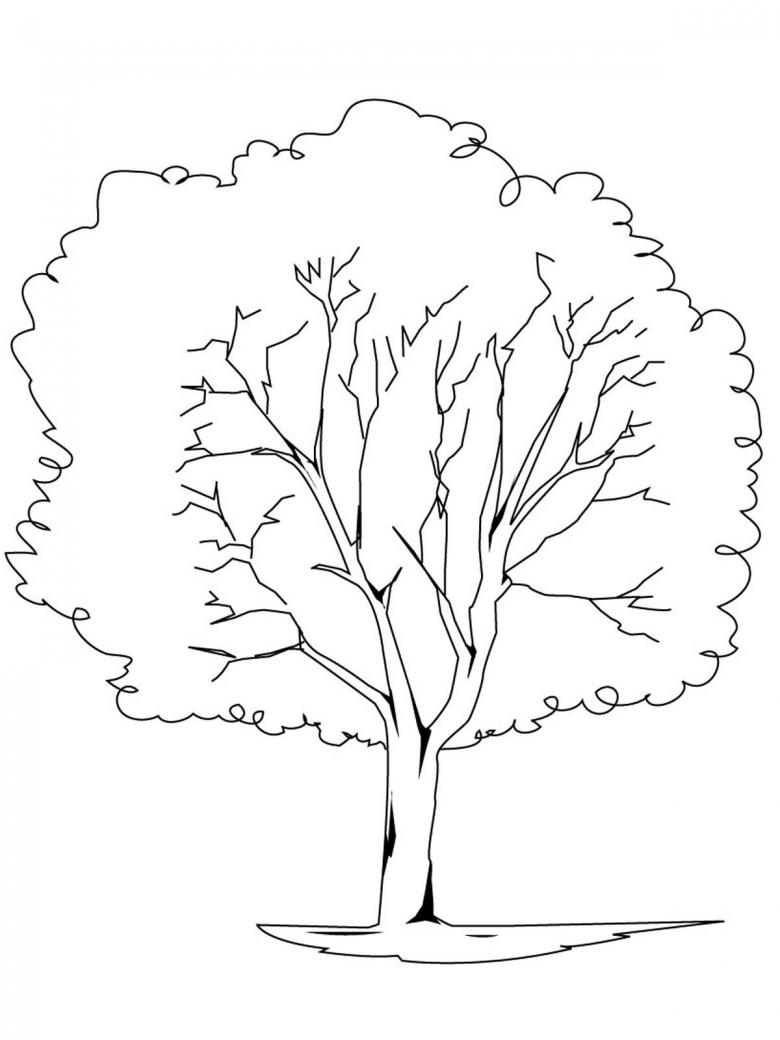
An image of a leaf of an oak, a pine or a maple
It is difficult to understand how to draw a leaf of oak, pine, maple, if you do not know the general scheme of the image of a tree leaf.
- The leaf vein of any tree species always goes to the stem and passes more often in the center.
- The oval is used as a template for the shape of the leaf.
- In the center is drawn a semblance of a vertical line - this is the main vein. From it on both halves depart fine veins.
- The contour is outlined with teeth. They are darker than the veins in the picture.
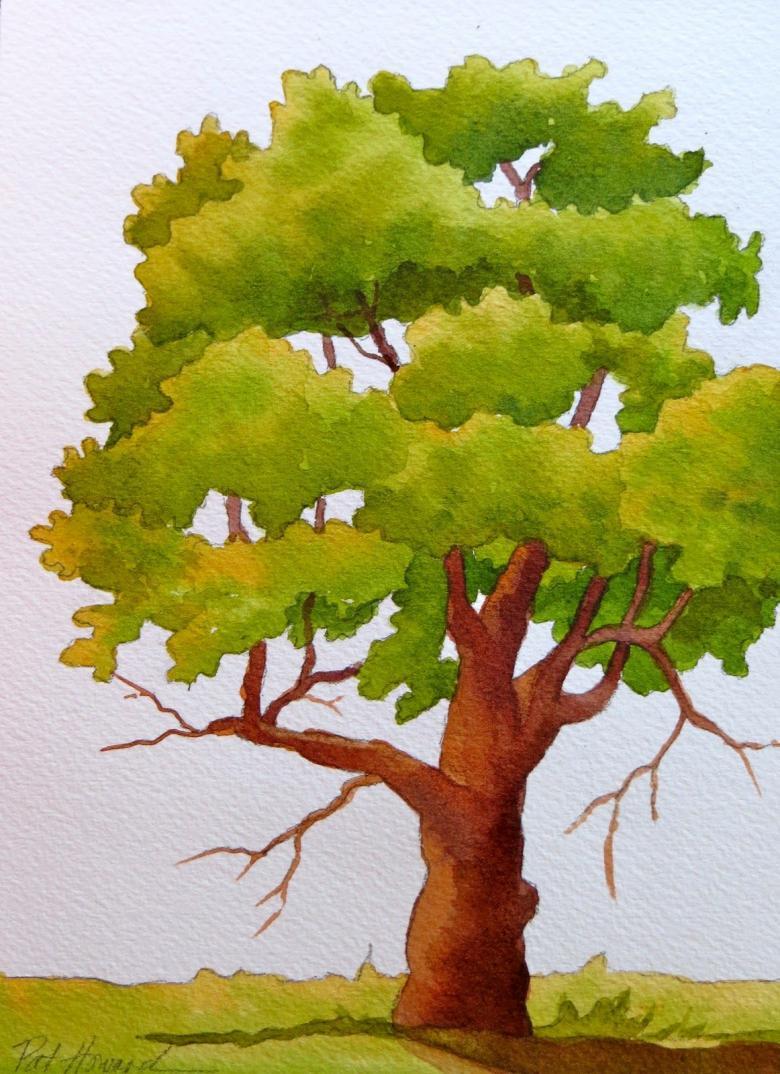
Moving on from the general scheme, distinctive features of the leaf are chosen for each species:
- The outline characteristic only of that tree;
- Length and width of the leaf.
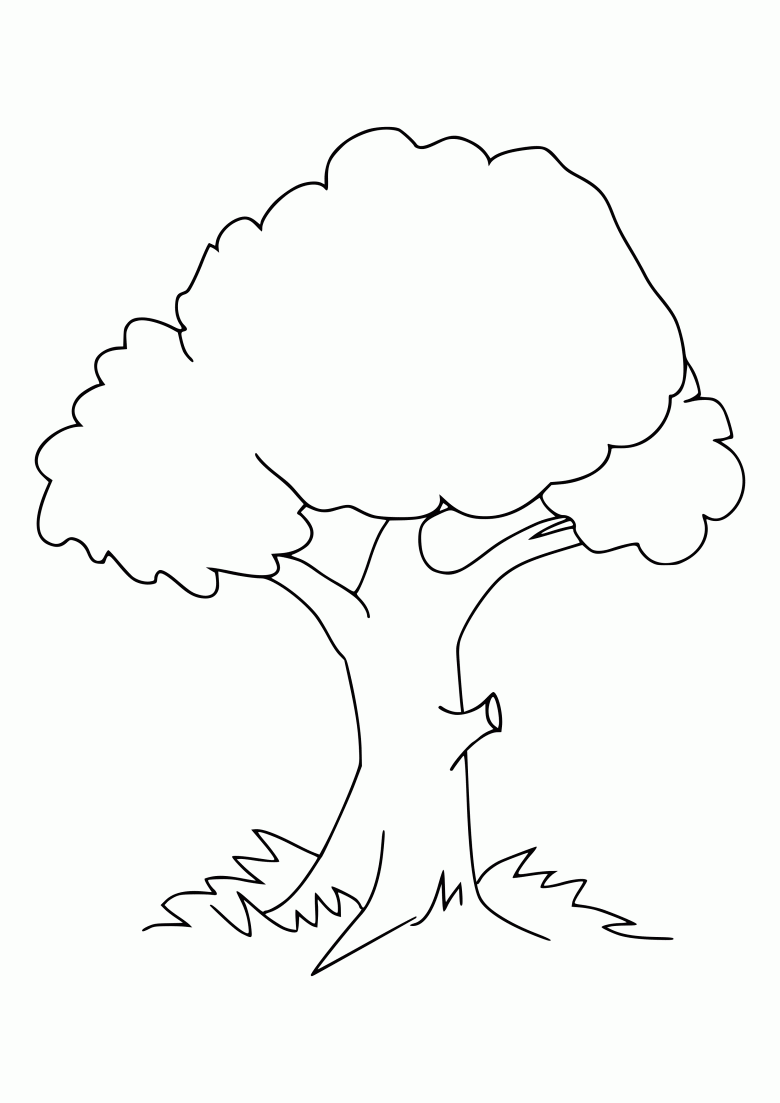
These parameters help to determine whether the leaf belongs to the tree in question. The image of the oak leaf is different from that of the birch.
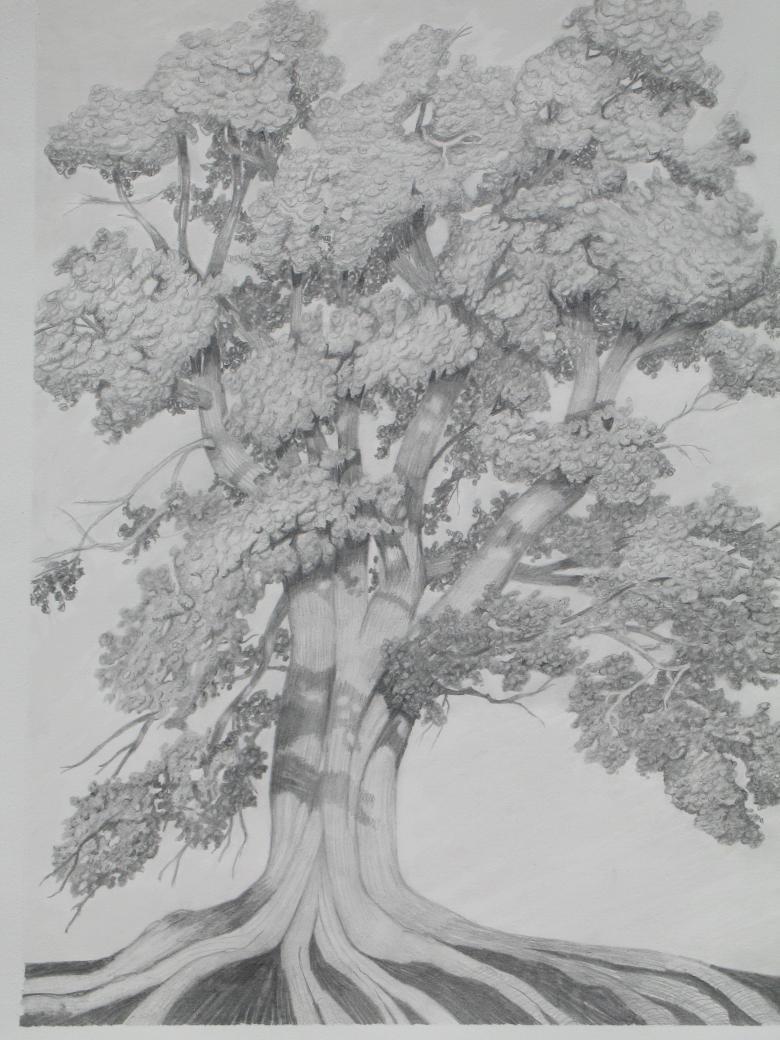
The oak leaf.
- The oval remains the template for depicting an oak leaf, but with the end narrowed down.
- The central vein passes into the stalk.
- The contour of the leaf is wavy, without teeth.
- Waves are differently drawn along the entire length of the oak leaf. At the top, waves are short, more rounded, with notches between them. Closer to the stalk are shorter and more narrowed. In the center of the leaf, the waves are large. They give the whole leaf more of a rounded shape.
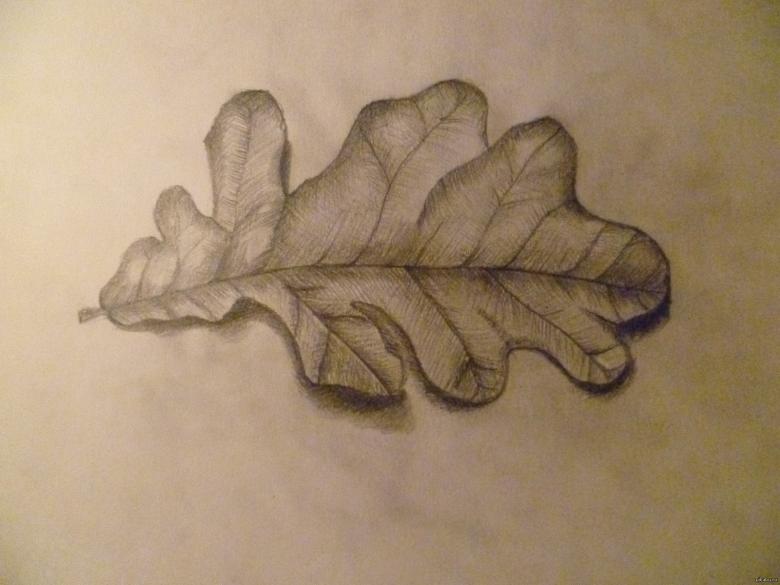
Maple Leaf
- The octagonal shape depicts the shape of a wedge leaf.
- It is the eighth angle, pointing to the inside, that is called the node of all leaf veins. Maple has a total of five main veins on the leaf, which become like the center of its individual parts. Each vein has its own direction.
- Many small veins grow from the main veins.
- The outline has sharp teeth.

Pine needles
An observant artist will tell you that the pine needles are not smooth, neat. It is disheveled.
- Pine needles grow in pairs.
- They are twisted, curved in an arc.
- It seems that the needles are growing in one direction, but if you look closely, then the direction of each needle chooses its own.
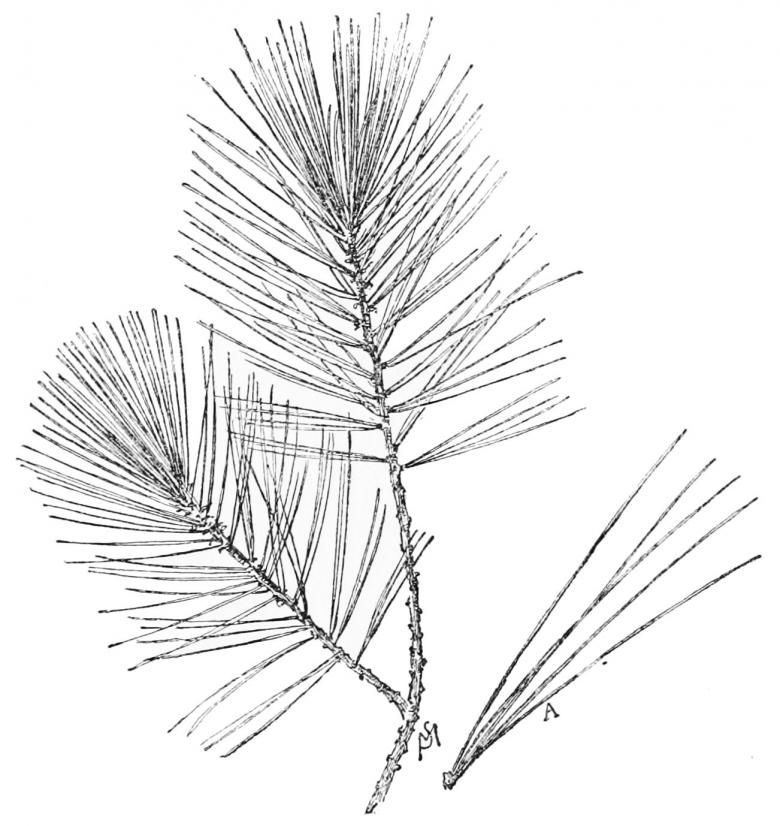
Cartoon depiction of trees
For a mature artist, it is important to depict a tree as close to reality as possible. For the young artist, the cartoon version is also suitable. After all, it's just as difficult for a toddler.

A simple depiction of a tree for toddlers
A deciduous tree is drawn.
- The trunk is drawn extended downward and sharp at the top.
- Similar shape, but smaller branches are added to the trunk.
- Leaves are drawn in an oval shape.
The image of the tree is ready for coloring.
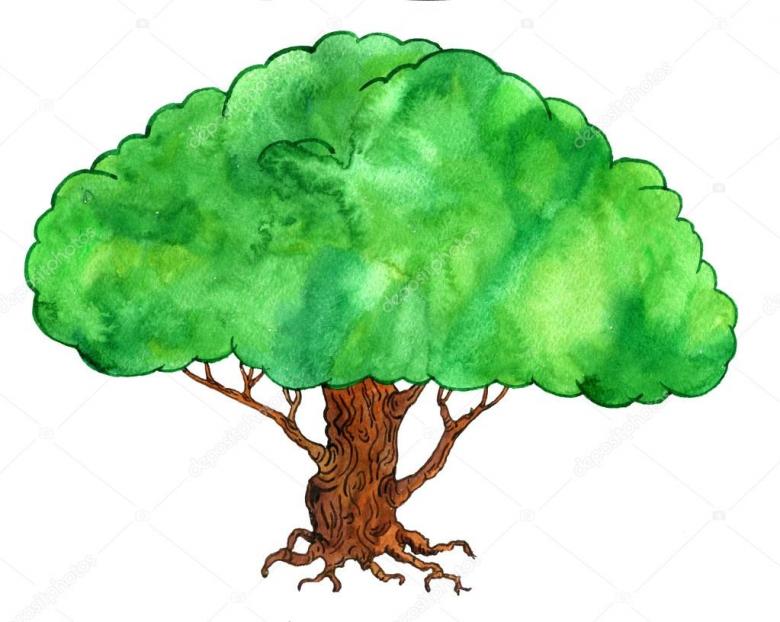
It is difficult to determine the type of tree from this drawing, but the technique allows the child to figure out how to draw a cartoon oak, pine, or maple.
Drawing an oak tree
At first glance, the image of a cartoon oak seems similar to an ordinary tree. But there are significant differences. Complexly shaped branches appear. The texture of the bark is drawn. It is important that the child grasps that the oak is a powerful, strong-rooted tree.
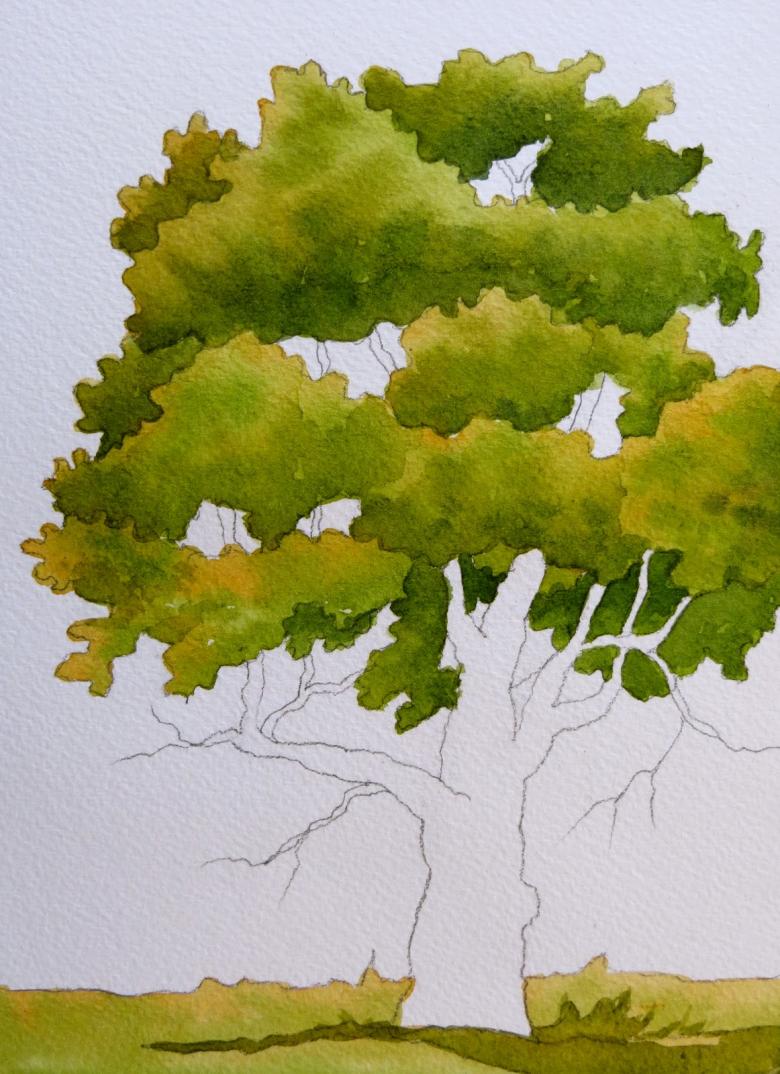
Features of Pine
Pine is a coniferous tree. Regardless of the time of year, its crown will be green.
The drawing scheme remains the same. But there are differences that set the pine tree apart from the others.
- The trunk is longer and narrower. Most of its part is bare.
- Branches with needles are not clearly traced. They join in green patches in the pattern, which necessarily connect to the branches.
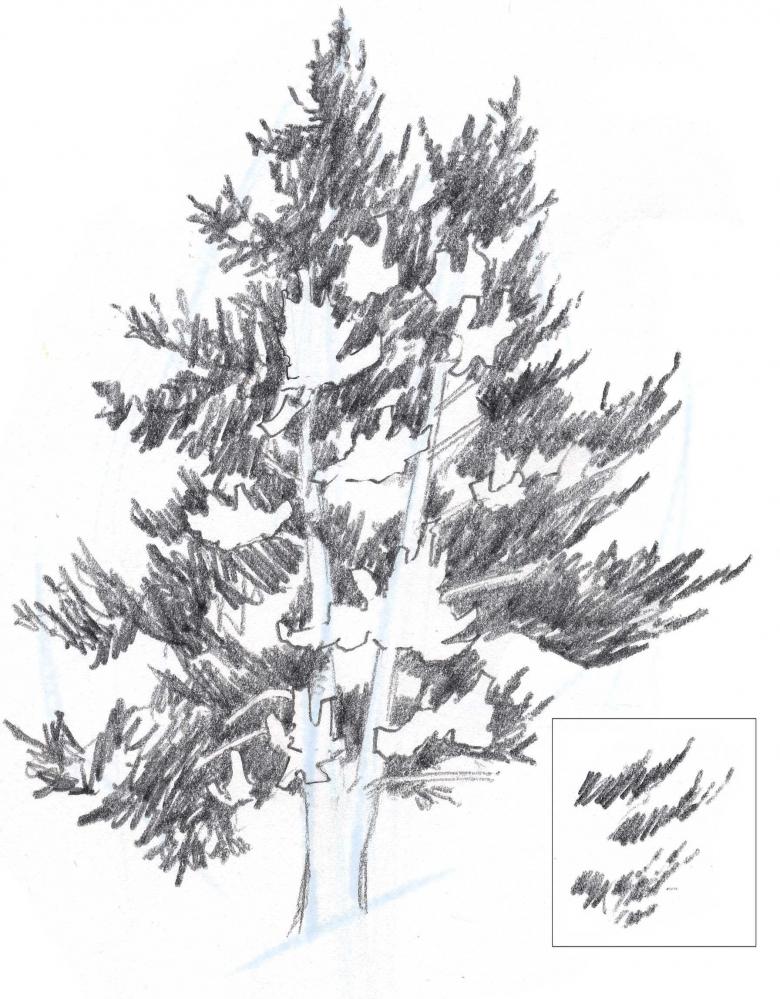
Maple
The technique of drawing deciduous trees is repeated. The trunk is drawn. But in a maple, the cap of leaves is depicted both round and oblong. It differs from other trees by the color of its leaves.
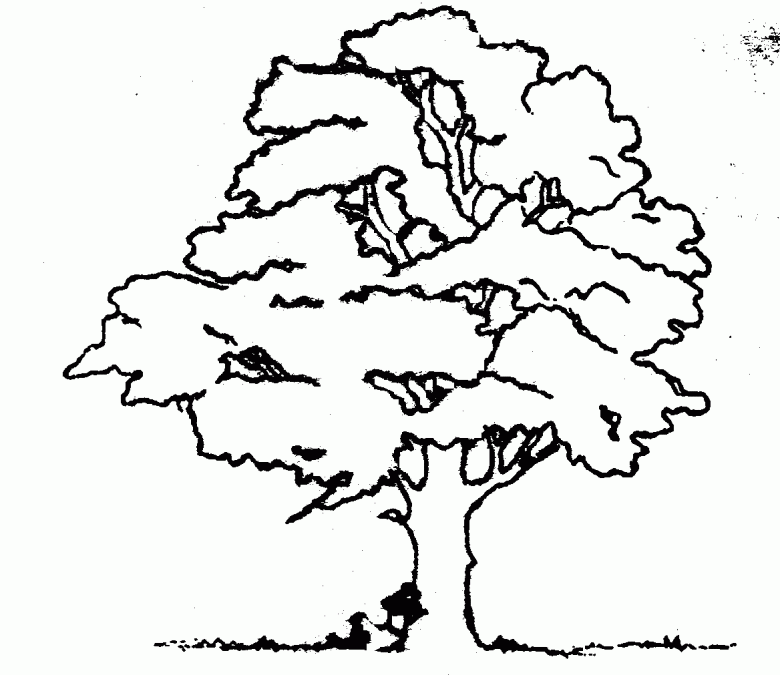
In the summer the tree is green, and in the fall it becomes multicolored. The leaves on the tree join together in bright red, yellow, orange, and green patches.
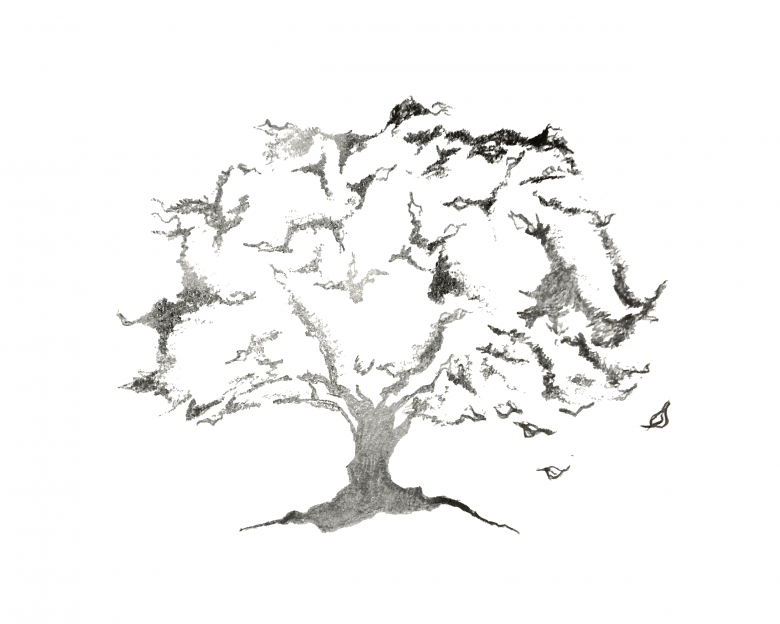
If you do not stick to a realistic depiction of each type of tree, there is a simple way to draw the bark of oak, pine, maple. It is enough to draw uneven strokes all over the trunk. This gives the tree more volume.
